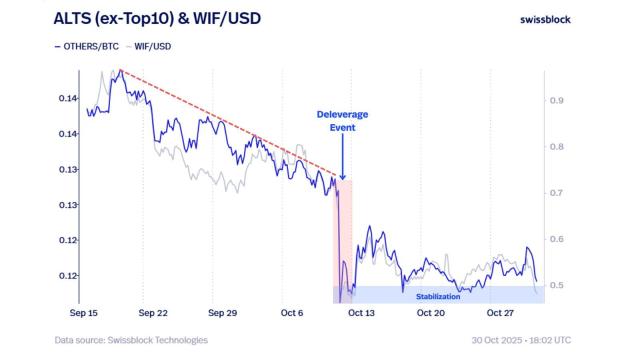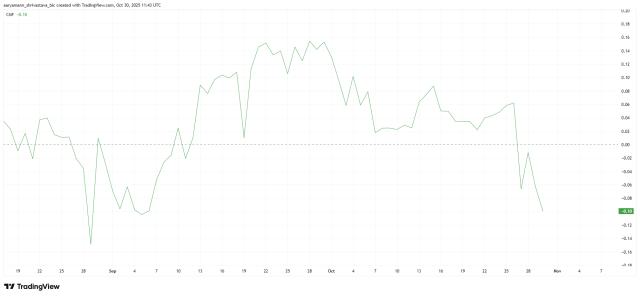Late last night (30), an announcement came from Austin, Texas, USA, declaring the official termination of CoreWeave's plan to acquire Bitcoin mining and AI infrastructure Core Scientific, which was originally scheduled to be completed by the end of this month.
This deal, valued at $9 billion and hailed by the market as a "model of deep integration of AI and blockchain," ultimately failed due to a veto by Core Scientific shareholders, forcing the two companies, which were about to merge, to return to their respective tracks.
Shareholders voted against the deal, bringing the $9 billion transaction to an abrupt halt.
According to Reuters , Core Scientific failed to secure sufficient support at an extraordinary shareholders' meeting and decided to terminate its all-stock merger agreement with CoreWeave. The original plan was for 1 share of Core Scientific common stock to be exchanged for 0.1235 shares of CoreWeave common stock, equivalent to approximately $20.40 per share, for a total value of approximately $9 billion.
However, the offer failed to convince investors who held voting rights.
Two Seas Capital, the company's largest shareholder, stated as early as August that it considered the valuation "seriously undervalued." Meanwhile, advisory firms ISS and Glass Lewis also advised shareholders to oppose the acquisition, criticizing the all-stock structure for lacking downside protection. Following the news of the failed acquisition, Core Scientific's stock price immediately rose nearly 6%, while CoreWeave's stock price fell by more than 6%, indicating that the market was already wary of the valuation gap between the two companies.
Behind the valuation gap: the scarcity premium of AI infrastructure
Core Scientific holds over 260 MW of long-term power contracts and multiple self-built and managed Bitcoin mining farms. These assets, once considered "energy-intensive," have now become the foundation for the most pressing needs of AI high-performance computing (HPC). Therefore, the ISS stated in its voting report that CoreWeave's offer "does not adequately reflect Core Scientific's strategic position in the AI industry chain."
Two Seas Capital even publicly estimated that, based on the unit price of AI computing power leasing in the coming years, Core Scientific's intrinsic value could be twice the acquisition price. The shareholders' tough stance not only reflects their confidence in the company's prospects but also reflects the market's trend of revaluing the "power + data center" combination.
Although the relationship has changed, the bond remains.
Although the merger has come to an end, the two companies have not severed ties. CoreWeave CEO Michael Intrator stated that he respects the voting results and emphasized:
"Our partnership remains very strong."
In fact, the two companies signed a 12-year agreement as early as June 2024, under which CoreWeave purchased 260 MW of power from Core Scientific to support its AI and HPC businesses. This means that CoreWeave will remain one of Core Scientific's largest customers, and the revenue interaction between the two companies will not be interrupted in the short term.
Analysts generally believe Core Scientific is well-positioned due to the long construction cycles of power plants and data centers, as well as geographical limitations. According to TipRanks , several Wall Street analysts maintain a "strong buy" rating, citing the company's competitive advantage in low-cost power and operational experience as reasons that are difficult to replicate.
Whoever controls electricity controls the future.
In the AI era, what is truly scarce, besides advanced models, is the physical infrastructure that supports computation.
From Bitcoin mining farms to AI data centers, advantages in power and cooling are reshaping the power landscape of industries. For investors, assessing a company's "potential computing power" value can no longer rely solely on current financial reports; it also requires evaluating future power costs, contract terms, and data center layout.
While the failed deal caused short-term volatility for both companies, it also allowed Core Scientific to independently retain its strategic assets and continue to benefit from the surging demand for AI computing power. Moving forward, striking a balance between shareholder interests, long-term cooperation, and capital efficiency will be the next challenge for both parties.






